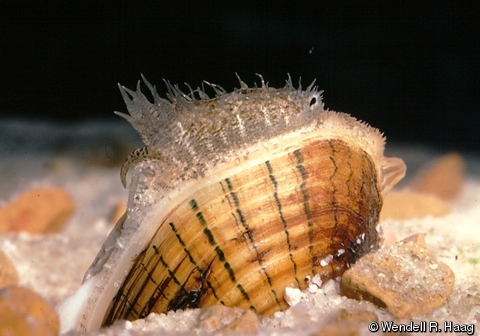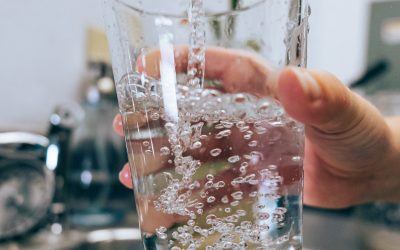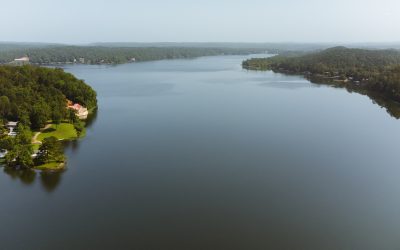How seriously do you take a blaring fire alarm in the middle of the night? Even in a drill, we take an alarm seriously enough to drag ourselves out of bed–and why wouldn’t we? Our lives could be at risk!
So why do we glaze over the fact that there are 8 endangered mussels in the Coosa River? These mussels are our fire alarms, screaming at the loudest, most alarming frequency, trying to get us to pay attention.
If these filter-feeding mussels can’t survive in these waters anymore, what does that mean for the quality of the water we are drinking?
Mussels are classified as bivalves, which means they feed on microorganisms in the water. Their tissues absorb pathogens, pharmaceuticals, herbicides, as well as all of the other microscopic toxins in the waterways. Because this is their job, they are pretty good at cleaning up our drinking water– until their habitats don’t exist anymore.
Mussels do not ask for much in return for filtering our water, just to have a home.
They really only need two things–
- A substrate to hold on to.
- A free-flowing waterway.
The foot of a mussel, which is actually a major organ, pulls the organism through the substrate specific to their habitat. Their foot is designed to work with a special kind of substrate, and when the beds of rivers change due to dredging or the construction of dams, they are no longer able to move.
Living creatures need to reproduce in order to continue living on the plant–simple enough, right? Not so simple for mussels.
Mussels rely on migrating fish for reproduction and reproduce sexually. A male mussel will release sperm, which then attaches to the gills of a migratory fish, and then fertilizes a female mussel. However, if you are a tiny fish, or an even tinier mussel, and there is a hundred foot drop off–due to a dam, reproduction becomes a bit tricky.
Some of these mussels have not been seen in over 30 years, but there is the potential that there is still habitat that is suitable for their needs.I think it’s about time to start listening to that fire alarm–
Get to know the 8 endangered mussel species in the Coosa
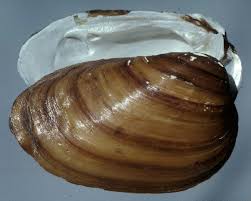
1.Upland combshell (Epioblasma metastriata)
Status: Endangered
Habitat: Free Flowing, rocky streams.
Mobile Basin Endemic.
Last seen in the Conasauga River in 1988. There is a possibility the mussel still lives in the upper Coosa River Basin, but has not been proven.

2.Southern acornshell (Epioblasma othcaloogensis)
Status: Endangered
Habitat: Large rocky creeks.
Coosa Endemic.
Last seen in 1974 in the Coosa. Habitat is still suitable in upper Coosa River Basin.

3.Fine-lined pocketbook (Hamiota atilis)
Status: Endangered.
Habitat: Free flowing rivers, rocky bottoms.
Mobile Basin Endemic.
Loss of habitat by 50%.
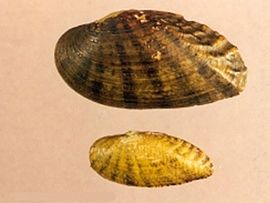
4.Alabama moccasinshell (Medionidus acutissimus)
Status: Endangered
Habitat: Boulders, gravel, sandy creeks.
Mobile Basin Endemic.
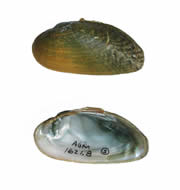
5.Coosa moccasinshell (Medionidus parvulus)
Status: Endangered
Habitat: Free flowing water, gravel, sandy bottoms.
Coosa Endemic.
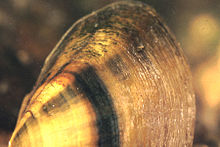
6.Southern clubshell (Pleurobema decisum)
Status: Endangered
Habitat: Medium sized rivers, stable sandy bottoms.
Mobile Basin Endemic
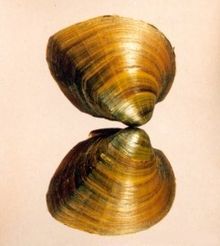
7.Southern pigtoe mussel (Pleurobema georgianum)
Status: Critically Endangered
Habitat: Rivers and creeks with stable grounds.
Coosa Endemic

8.Triangular kidneyshell (Ptychobranchus greeni)
Status: Endangered
Habitat: Good current, course gravel and sand.

